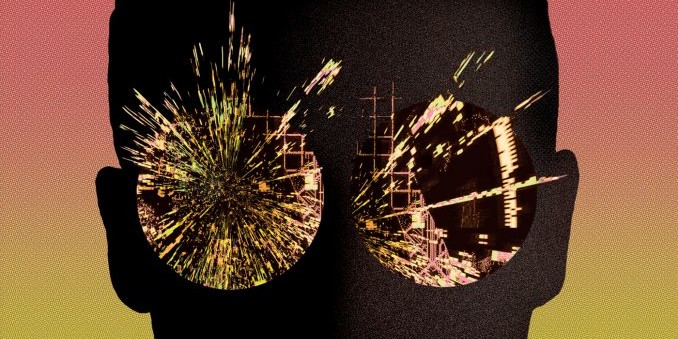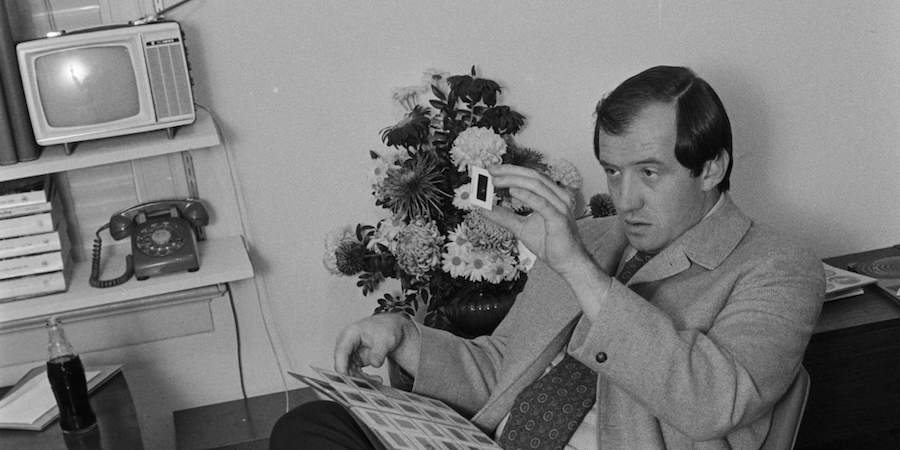An excerpt from Image Control on GIFs, the sublime, and vocabularies of motion
Meaning—or narrative—isn’t always what we see, or even look for, in images. In 1868, following the International Exposition in Paris, the Italian novelist and essayist Vittorio Imbriani published “La quinta promotrice,” a collection of his observations and theories on contemporary European art. This included his theory of the macchia, which Teju Cole describes as “the total compositional and coloristic effect of an image in the split second before the eye begins to parse it for meaning.” Approaching a painting, one is most likely to see before anything else its arrangement of colors, shapes,












